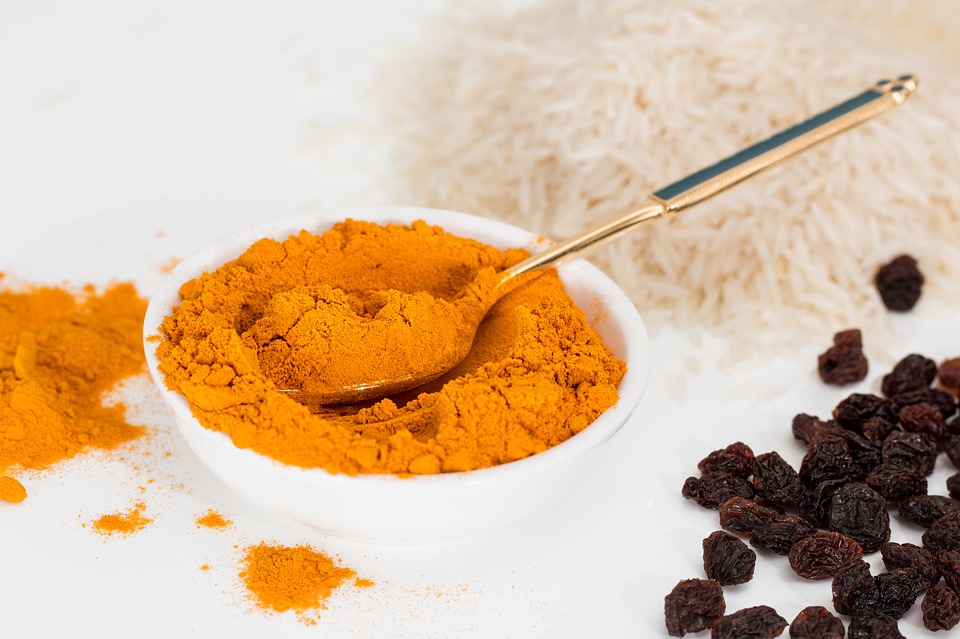Attaching curcumin, a component of the common spice turmeric, to nanoparticles can be used to target and destroy treatment-resistant neuroblastoma tumor cells, according to a new study published in Nanoscale.
The study, conducted in partnership by researchers at Nemours Children's Hospital and the University of Central Florida, demonstrates a potentially novel treatment for neuroblastoma, the most common cancer in infants.
High-risk neuroblastoma can be resistant to traditional therapy, and survival can be poor. This research demonstrates a novel method of treating this tumor without the toxicity of aggressive therapy that can also have late effects on the patient's health.
High-risk neuroblastoma can be resistant to traditional therapy, and survival can be poor. This research demonstrates a novel method of treating this tumor without the toxicity of aggressive therapy that can also have late effects on the patient's health.
Neuroblastomas are cancers that start in early nerve cells and commonly form in the tissue of the adrenal glands, near the kidneys. About 700 new cases of neuroblastoma are diagnosed each year in the United States and most cases appear in children younger than 5 years old. High-risk neuroblastoma is hard to cure and is more likely to become resistant to standard therapies or recur. These cancers are also associated with late effects after treatments have ended, including developmental delays, hearing loss, or other disabilities.
Curcumin has been shown to have substantial anti-cancer ability, but its low solubility and poor stability have made its use in medicinal applications challenging. Researchers from Nemours and UCF found that nanoparticles can be used to deliver curcumin to tumor sites.
In the study, researchers loaded Cerium oxide nanoparticles with curcumin and coated them with dextran to test in cell lines of a high-risk form of neuroblastoma, known as MYCN-amplified, as well as non-amplified neuroblastoma. This formulation induced substantial cell death in neuroblastoma cells while producing no or only minor toxicity in healthy cells. Overall, the nano-therapeutic treatments showed a more pronounced effect in MYCN-amplified cells, which are traditionally more resistant to drug therapies.
